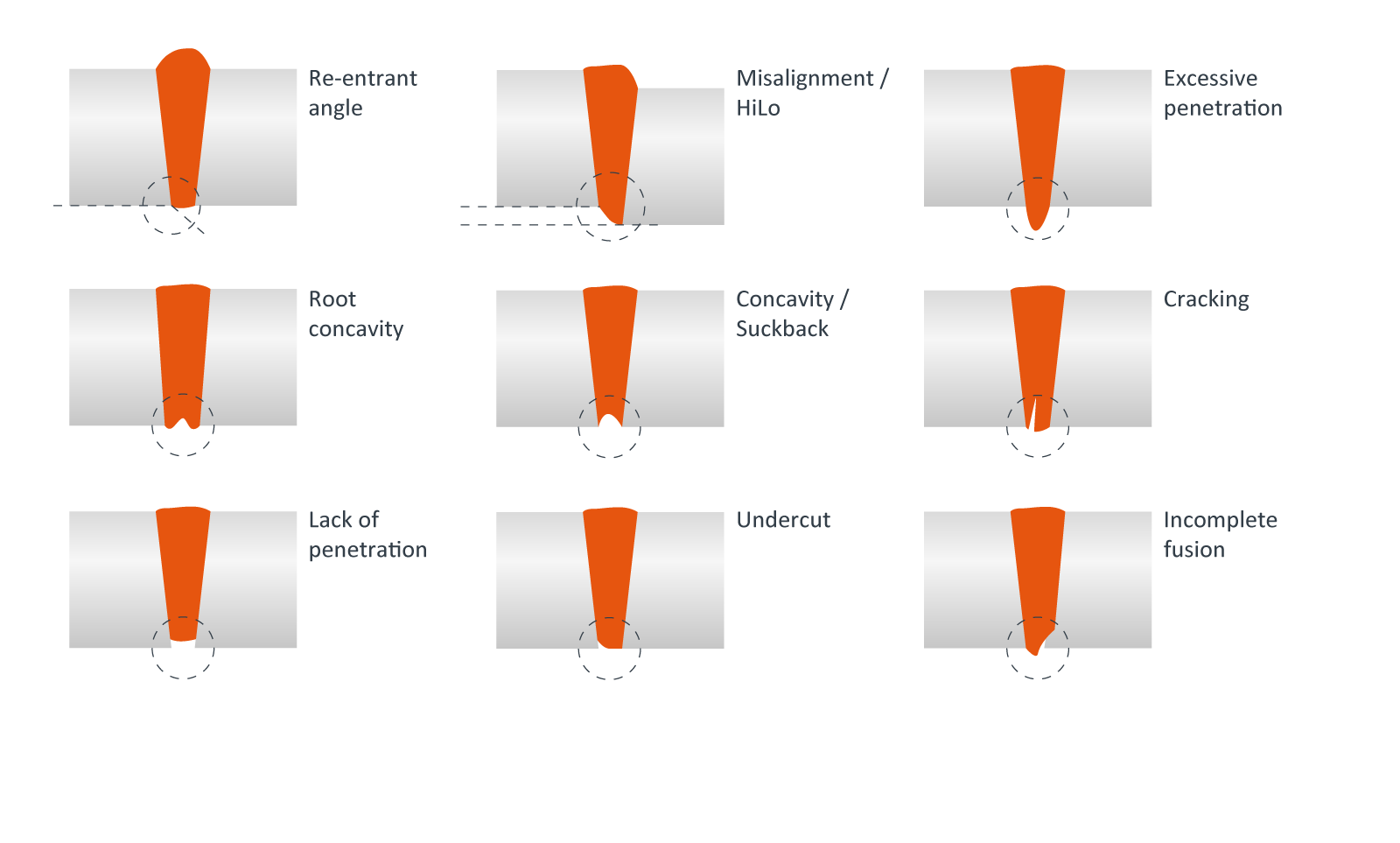Step-by-Step Overview to Preventing Weld Undercut in Different Metals
Step-by-Step Overview to Preventing Weld Undercut in Different Metals
Blog Article
Mastering the Art of Welding: Exactly How to Stay Clear Of Undercut Welding Issues for Flawless Fabrication Outcomes
By comprehending the origin triggers of undercut welding and applying efficient techniques to avoid it, welders can elevate their craft to new levels of excellence. In the quest of remarkable construction results, mastering the art of welding to stay clear of undercut issues is not just an ability however a requirement for those striving for perfection in their work.
Recognizing Undercut Welding

To stop undercut welding, welders must make certain correct welding specifications, such as changing the current, voltage, traveling rate, and maintaining the proper electrode angle. Furthermore, making use of the ideal welding technique for the specific joint arrangement is important. Utilizing weaving motions or backstepping strategies can aid make certain appropriate weld metal deposition and reduce the possibility of undercut formation. Regular examination of welds during and after the welding process is additionally important to capture any type of undercut very early and make necessary changes to avoid more defects. Preventing weld undercut. By comprehending the sources of undercut welding and executing preventative measures, welders can attain premium, structurally audio welds.
Root Causes Of Undercut in Welding
Recognizing the factors that add to damage in welding is important for welders to create premium, structurally audio welds. Damaging occurs when the weld steel does not appropriately fill up the groove created between the base steel and the previously deposited weld metal. Numerous variables can bring about undercut in welding. One common reason is extreme warmth input. Welding at heats for prolonged periods can lead to the base steel thawing greater than wanted, causing damage. Insufficient welding incorrect or present welding rate can additionally add to undercut. Not enough current might not provide enough heat to melt the base and filler metals appropriately, while excessive rate can avoid correct blend, triggering undercut. In addition, incorrect electrode angles or inaccurate torch manipulation methods can produce locations of low weld steel deposition, advertising undercut. Understanding these causes and carrying out correct welding methods can help stop undercutting problems, guaranteeing sturdy and solid welds.
Techniques to Stop Undercutting

To reduce the threat of undercutting in welding, welders can employ critical welding methods targeted at boosting the high quality and honesty of the weld joints. One reliable approach is to adjust the welding specifications, such as voltage, current, and take a trip rate, to make sure appropriate warm input and deposition. Maintaining an appropriate electrode angle and making certain constant traveling rate can additionally help stop undercut. In addition, utilizing the proper welding technique for the details joint configuration, such as weave or stringer beads, can add to lowering undercutting. Preventing weld undercut.
Employing back-step welding methods and regulating the weld bead account can also aid disperse heat evenly and lessen the danger of undercut. Routine evaluation of the weld joint during and after welding, as well as applying quality guarantee measures, can assist in finding and addressing damaging problems without delay.
Significance of Proper Welding Parameters
Selecting and keeping ideal welding specifications is crucial for accomplishing effective welds with very little issues. Welding parameters describe variables such as voltage, current, take a trip rate, electrode angle, and protecting gas flow rate that directly affect the welding procedure. These criteria have to be very carefully readjusted based on the kind of material being bonded, its thickness, and the welding technique utilized.
Proper welding parameters ensure the appropriate quantity of warmth is applied to melt the base steels and filler product evenly. If the parameters are established expensive, it can result in too much warm input, creating distortion, burn-through, or spatter. On the various other hand, if the criteria are too low, incomplete blend, lack of penetration, or undercutting may take place.
Quality Control in Welding Operations

Final Thought
In conclusion, understanding the art of welding requires a comprehensive understanding of undercut welding, its causes, and strategies to avoid it. By making certain proper welding specifications and applying top quality assurance practices, perfect construction outcomes can be accomplished. It is vital for welders to constantly pursue quality in their welding operations to stay clear of undercut problems and generate top quality welds.
Undercut welding, a typical problem in welding processes, occurs when the weld metal doesn't properly load the groove browse around this site and leaves a groove or clinical depression along the welded joint.To protect against undercut welding, welders ought to guarantee proper welding specifications, such as adjusting the existing, voltage, traveling speed, and keeping the appropriate electrode angle. Poor welding wrong or present welding speed can likewise contribute to damage.To reduce the risk of undercutting in welding, welders can utilize critical welding methods intended at improving the high quality and honesty of the weld joints.In verdict, mastering the art of welding needs a detailed understanding of undercut welding, its reasons, and strategies to avoid it.
Report this page